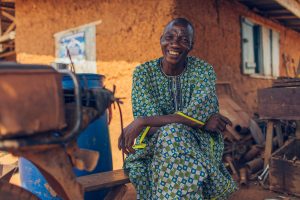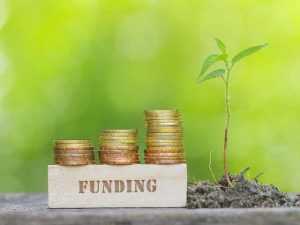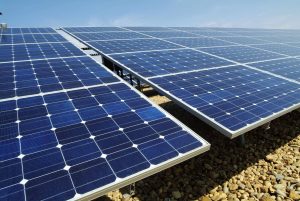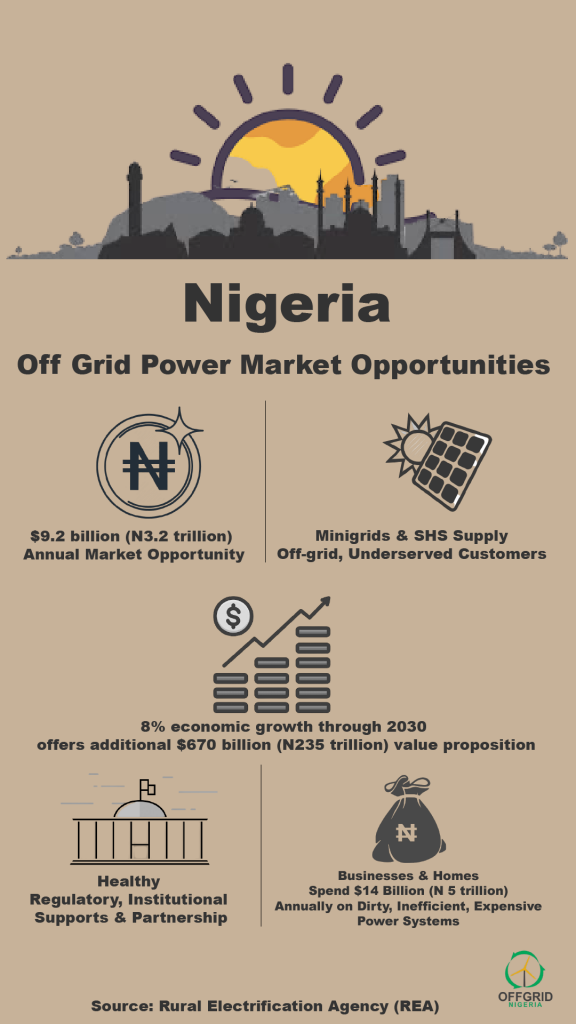The 17 countries in West Africa have agreed to raise their population’s access to electricity using renewable sources by 88 per cent by 2030, ECOWAS Centre for Renewable Energy and Energy Efficiency (ECREEE) has disclosed.
ECREEE stated recently at the African Utility Week Conference in Cape Town, that the strategy the countries would adopt to achieve this would be the West Africa Clean Energy Corridor (WACEC) which was launched at the conference.
Through the instrumentality of WACEC, the countries who have a combined population of 367 million people, representing 5 per cent of the world’s population, would be seeking to guarantee energy security; competitive energy prices and economies of scale; as well as a regional electricity market for its people.
They would also attempt to create jobs and reduce the impacts of industrialisation through fossil fuel on their environments using the WACEC.
Records indicate West Africa ranks number two in Africa among sub regions ranked by population. It also has a population density of 61 per Km2 (159 people per mi2); a total land area of 6,067,010 Km2 (2,342,485 sq. miles); and 46 per cent of its population (171,263,722 people in 2017) living in urban areas.
What WACEC aims to accomplish
According to a statement from organisers of the African Utility Week Conference in Cape Town, WACEC would be seeking to accelerate the deployment of utility scale renewable energy into the region, with all stakeholders urged to contribute to the attainment of this.
It quoted a renewable energy expert at the ECREEE, Jansénio Delgado to have told delegates that at least 52 per cent of the population in the region have no access to electricity.
“So we have a big challenge in the region in terms of energy and electricity access,” said Delgado.
Delgado, explained the plan would be to increase access to at least 88 per cent of the population by 2030, but there were some challenges that needed to be overcome.
He accepted the region has big potential especially for renewable energy which includes hydro power.
“The region has big potential in terms of renewable energy from hydro, solar, wind and biomass. These resources are geographically distributed which makes them complimentary,” he stated.
According to him preliminary conclusions show the development of 10 gigawatts (GW) of electricity can still be injected into the region’s grid by 2030.
“So the utilities and electrical companies should adapt to renewable energy as a next phase of electricity generation,” Delgado added while stating that he foresees the cost of electricity levelling in future as the development of solar electricity generation technology becomes less costly.
Referring to the challenges of solar which include intermittency and non-availability at times, Delgado said: “But of course, solar energy also has problems”. He called for a need to complement solar with other sources of renewable energy like hydro; according to him, “that is the reason why we (ECREEE) are at the same time also developing a hydro corridor for the region.”
Delgado said another problem was the perception of risk among potential investors, adding that they had to embark on various “de-risking activities” in some ECOWAS countries. This, he noted included strengthening the policy framework by simplifying processes for procurement and pricing.
“For me it is not a big problem in terms of connectivity of renewables into the grids. The preliminary results show it is technically possible, he said.
“Of course it is a new concept and utilities are conservative and want to stay in the base concepts that they have that are easiest which is to manage the grid and fossil fuel plans but technically speaking it is possible,” he added.
According to him utilities are usually reluctant to have intermittence of renewables in their system. There are usually also problems with guarantees because in some regions the guarantees investors want, cannot be given. He however maintained that this could be economically viable for the region.
Delgado said there is the idea that renewables are expensive, adding: “But the time is coming that renewables will really be a competitive source of energy.”





